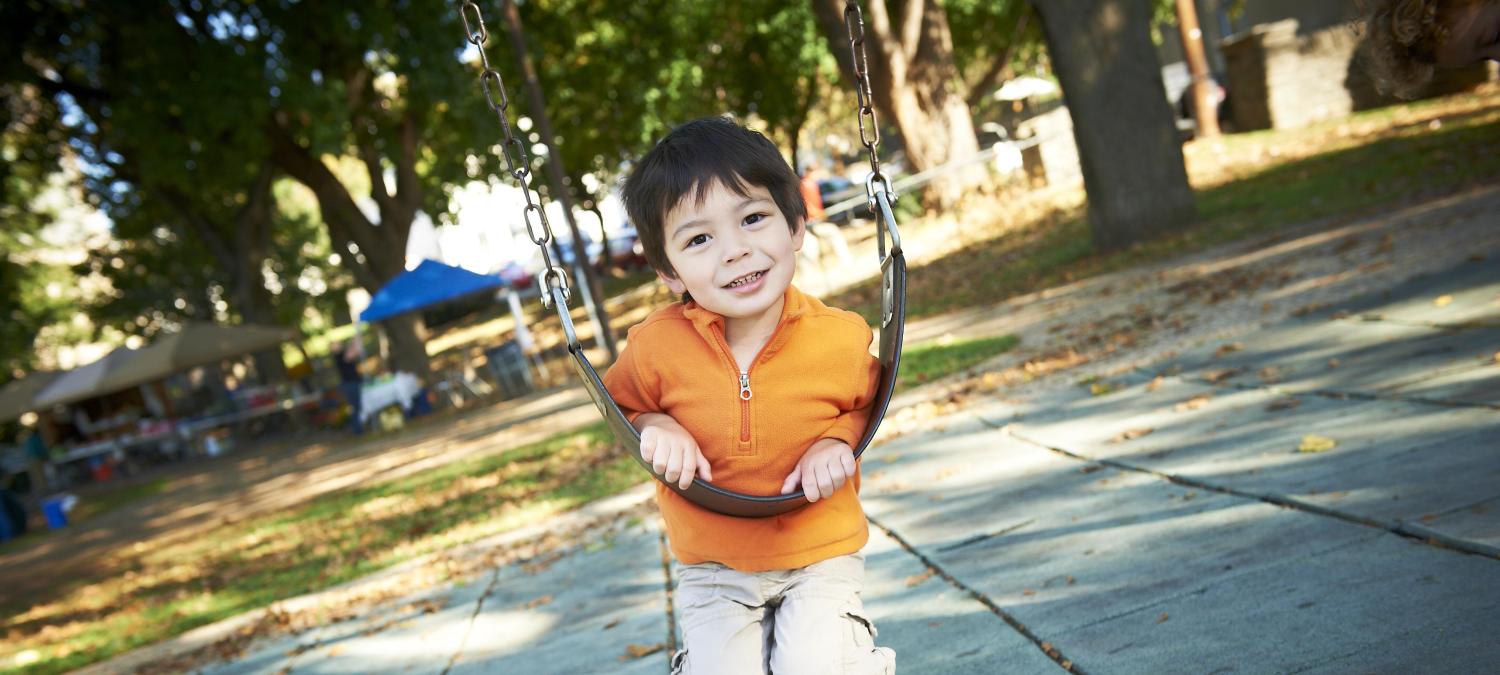

Publications
Search Tips
- Aug 2020
The coronavirus disease 2019 (COVID-19) pandemic caused dramatic changes in daily routines and health care utilization and delivery patterns in the United States. Understanding the influence of these changes and associated public health interventions on asthma care is important to…
- Aug 2020
Interpersonal Psychotherapy-Adolescent Skills Training (IPT-AST) is an evidence-based indicated depression prevention program that has been shown to reduce depression symptoms. Research is needed to identify moderators of IPT-AST’s effects. Although trauma history has emerged as a…
- Aug 2020
The similar socioeconomic position of black and Hispanic women coupled with better birth outcomes among Hispanic women is termed the "Hispanic Paradox." However, birth outcome disparities among Hispanic women exist by maternal nativity. Persistent unequal exposure over time to…
- Aug 2020
Poor adherence to inhaled corticosteroid medications for children with high-risk asthma is both well documented and poorly understood. It has a disproportionate prevalence and impact on children of minority demographics in urban settings. Financial incentives have been shown to be a…
- Jul 2020
With child care settings beginning phased reopening in Pennsylvania, we prepared this frequently asked questions document to support center operators and other related professionals in their planning. The challenge child care providers face is how to carry out the main principles of…
- Jul 2020
While youth seem to be at relatively limited physical health risk from COVID-19, the broad societal impacts of this pandemic, and the isolation caused by its associated shelter-in-place activities, have created a crisis for child and adolescent mental health. This crisis adds to an…
- Jul 2020
In an effort to share knowledge and experience for future pandemic planning efforts, PolicyLab and Children’s Hospital of Philadelphia’s Division of Emergency Medicine compiled a summary of CHOP’s emergency department (ED) initial response to the COVID-19 pandemic as the virus spread…
- Jul 2020
With schools closed and families social distancing, the COVID-19 pandemic has significantly changed the lives of children across the country. For youth with disabilities and special health care needs and their caregivers, the challenges brought about by the pandemic have…
- Jul 2020
Despite efforts to reduce the age of diagnosis for autism spectrum disorder (ASD) and ameliorate disparities in the identification of children with ASD from diverse backgrounds, we have only recently begun to move the needle. We acknowledge the formidable task pediatricians face…
- Jul 2020
With child care settings beginning phased reopening in Pennsylvania, we prepared this checklist of questions to help guide parents, guardians and families in these conversations. The questions presented in this document are generated by experts in pediatric primary care,…